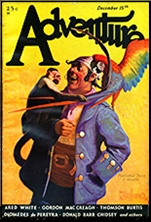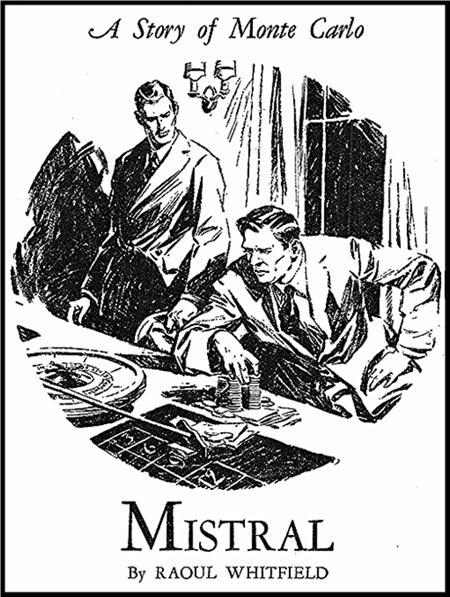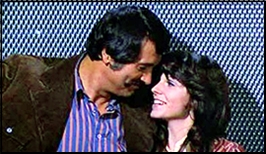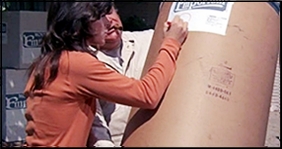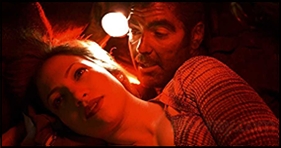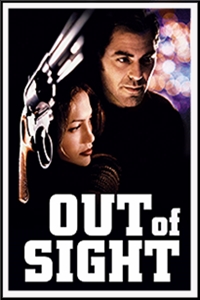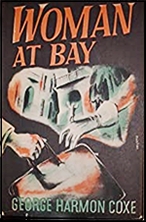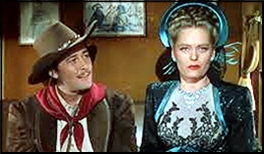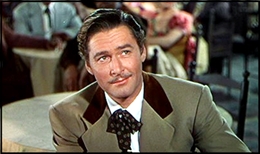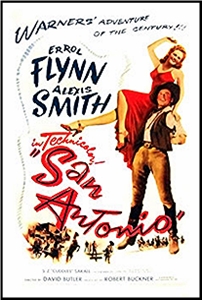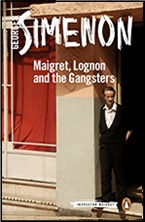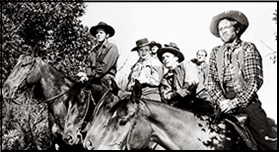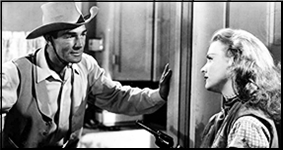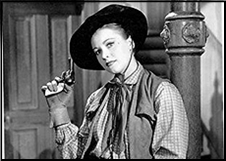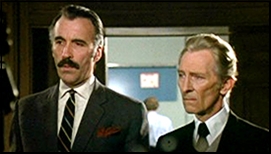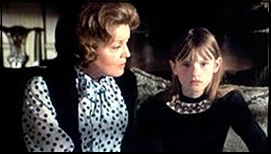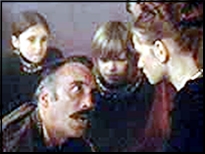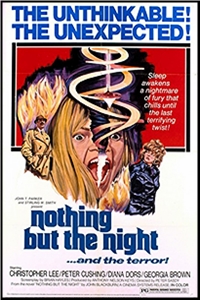REVIEWED BY DAVID VINEYARD:
DAVID WALKER – Winter of Madness. Collins, UK, hardcover, 1964. Houghton Mifflin, US, hardcover, 1964. Pocket Cardinal 50176, US, paperback, 1965.
No wind stirs the tranquil jonquils which make every meadow a sprinkle of gold. Wild birds sometimes sing, hens cackle, goats bleat, peasants gossip, but it is quiet now. The wind blows feathers from the peaks, it cannot reach us down in the lap of paradise, snug as bugs in the late Reichsmarschall Goering’s bedroom.

So opens Tarquin Auchartt Duncatto, thirteenth Baron of Duncatto of Duncatto (“Tarquums darlingâ€) from his Swiss hotel room as his beautiful not quite rich American wife Lois bathes nearby and he prepares to put to paper the recent events of the annual Christmas Party at his Scottish estate.
And it is no weekend party with a nice polite murder or two à la Agatha Christie.
All hell breaks loose, to be exact.
Guests include: Harry Zanzibar Gilpin, American Ambassador to Chile; Baroness Duncatto’s best friend the oft married and widowed Grafin Gloria Von Wonne (an absolute humdinger of a little peach) and her homicidal child Theodore (plump and inscrutable); the mysterious and somewhat naive but nearly perfect Caesare Campari (great shot, great artist, and the nicest chap I ever knew); Bud Gravel and Mabel Boulding (the one in Microfission the other in Biotronics); the Duncatto’s oversexed daughter Tirene; possibly the Russians, the Mafia, a possible infernal machine, open warfare — some of it fought in armor on a private ski run — various servants like the outspoken gillie Hamish Geddes and Duncatto’s nearly perfect man Bray; and one other guest, big game hunter Colonel Tiger Clyde (“I’m Clyde. They call me Tiger. So do you.â€), handsome, devastating to women — not the least Duncatto’s wife Lois and daughter Tirene — ruthless, and what you get when your friend, X of the Civil Service, decides you might have an infernal device in your backyard and James Bond is out of town.

I was fifteen when I first ran across Winter of Madness in a Pocket Books edition, and I have to be honest that rereading it at seventy I get for more of the innuendo and double entendre now than I did then, but rediscovering it reminds more than ever why it is one of my favorite books of all time.
Not many books read fifty-five years later can stand that test.
Imagine, if you can, P. G. Wodehouse and Dornford Yates collaborating with Ian Fleming, Vladimir Nabokov, Leonard Wibberley, and Kingsley Amis and you get something of the idea of a book that is a delight from start to finish. Inventive, playful, darkly humorous, and all orchestrated like an Ealing Comedy crossed with a James Bond movie with a touch of Dr. Strangelove thrown into the mix.
Only Richard Condon ever led me more happily down the garden path.
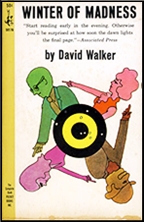
David Walker was a Scottish writer best remembered for the beloved Wee Geordie, about a naive Scottish athlete who wanders down to London for the Olympics and takes home the gold. It was made into a hit movie with Bill Travers as Geordie. Then there was his altogether more serious novel Harry Black, the story of a hunt for a man-eating tiger in India that becomes a re-evaluation for the hunter, a man who has never faced anything greater than himself before. That one was filmed too as Harry Black and the Tiger with Stewart Granger.
Over the years Black wrote a number of books from serious mainstream novels Where the North Wind Blows, to thrillers to more comedic books like this, Wee Geordie, and the Bond spoof Cab-Intersec. His short fiction regularly appeared in the Saturday Evening Post.
Winter of Madness is well worth seeking out if you prize genuine humor, malice, and sheer fun in your escapist reading, though you may, like Tarquin, need a rest in the mountains after you finish.
Bring tissue too, you will laugh until you cry.
